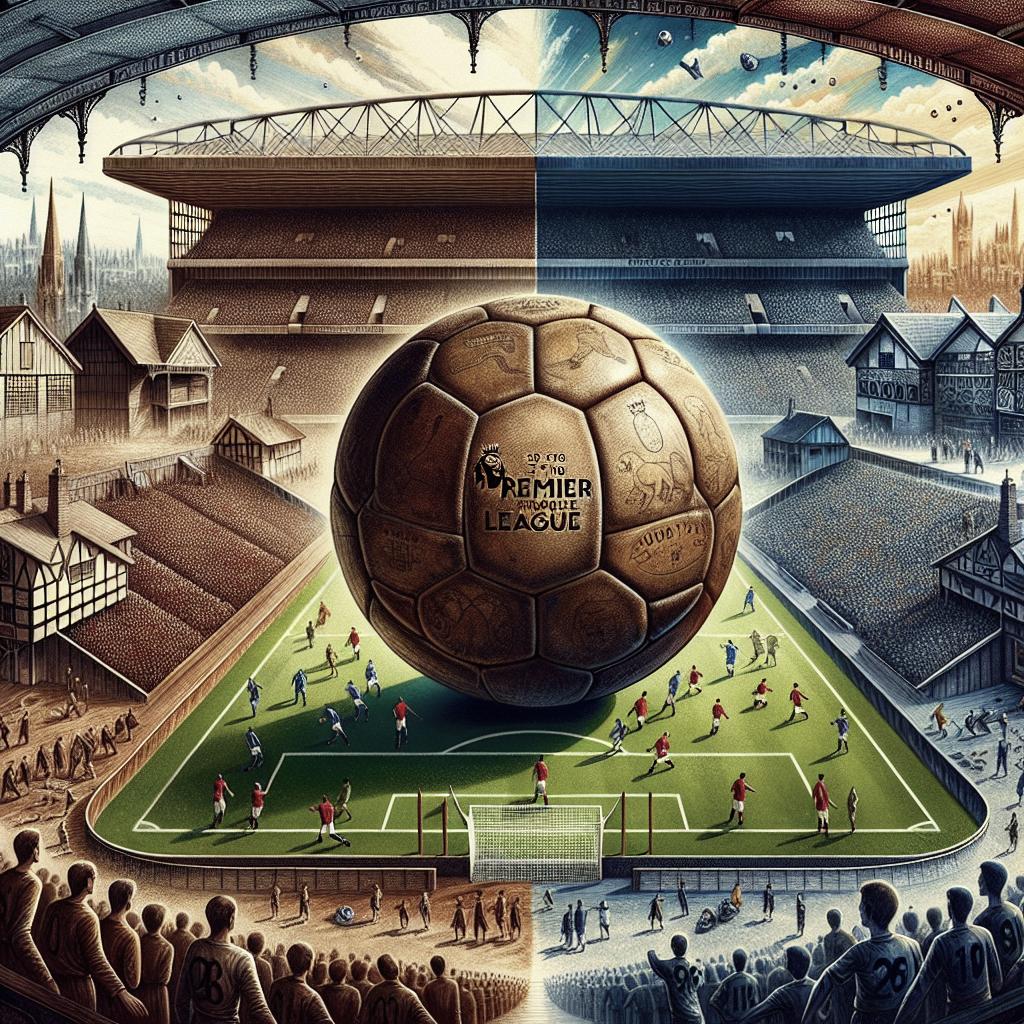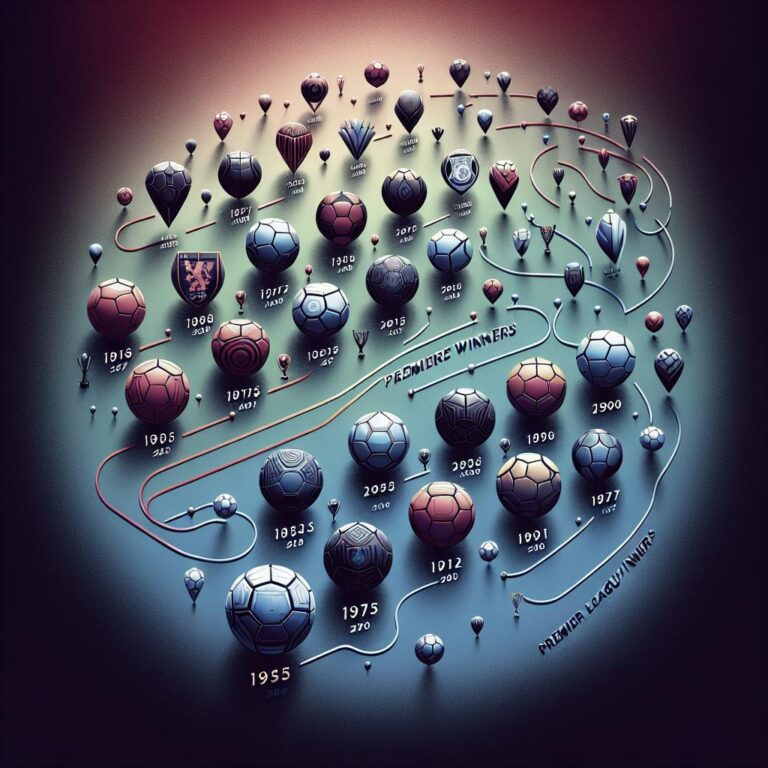Unraveling the Premier League: Its Format and Rich History
The Premier League stands as the pinnacle of English football, known both for the high level of competition and its rich history. From its formation to its current structure, it has become a global phenomenon. This blog post delves into what the Premier League is, how it operates, and the reasons behind its inception. We will also explore the mechanics of its season, providing a comprehensive understanding of one of the most exciting football leagues in the world.
What is the Premier League?
The Premier League is the top tier of professional football in England. It features 20 clubs from across the country, competing annually for the league title. Established in 1992, it succeeded the Football League First Division as the highest level of competition in English football. The Premier League has since grown exponentially in popularity and financial prowess, becoming one of the most-watched sports leagues globally.
Known for its competitive nature, the Premier League brings together clubs with storied histories and vast supporter bases. Teams battle it out in what is widely regarded as one of the most unpredictable leagues, where even the smallest club can cause upsets. This rich mixture of talent, history, and unpredictability has not only solidified the Premier League’s domestic importance but has also garnered a massive international following.
How many clubs are in the Premier League?
The Premier League is composed of 20 clubs. Originally, it started with 22 teams in its inaugural season but was reduced to 20 in 1995. Each club plays 38 matches in a season, facing every other club in a home and away format. This setup ensures an exhaustive competition, where each point gained or lost can significantly impact the standings.
Promotion and relegation are fundamental to the Premier League’s structure. The three lowest-placed teams at the end of each season are relegated to the EFL Championship, the second tier of English football. Meanwhile, the top three teams from the Championship ascend to the Premier League, ensuring a constant refresh of talent and competition intensity.
Why was the Premier League formed?
The Premier League was formed to capitalize on the growing commercial opportunities in football. During the late 1980s and early 1990s, the financial landscape of English football was in flux. Clubs saw the potential for increased television revenue, sponsorship deals, and international exposure. This push for greater economic viability and independence from the Football League led to the formation of a new, more commercial-oriented league.
Formally breaking away from the Football League, the Premier League aimed to revitalize English football by improving facilities, increasing the quality of play, and attracting global talent. The move helped propel English football into a new era, characterized by unprecedented financial growth and heightened international appeal. The establishment of the Premier League has since contributed significantly to the global appeal of English football.
How does the Premier League season operate?
A typical Premier League season runs from August to May. Each of the 20 clubs plays 38 matches, facing other clubs twice in a round-robin format. Points are awarded based on match outcomes: three points for a win, one point for a draw, and none for a loss. The club with the most points at the end of the season is crowned the Premier League champion. If two or more teams finish with the same number of points, goal difference and goals scored are used as tie-breakers.
The Premier League also integrates domestic cup competitions such as the FA Cup and the EFL Cup into its schedule, adding further layers of competition. European qualification is another important aspect, with the top four teams earning spots in the UEFA Champions League. Additionally, teams placed fifth to seventh may qualify for the UEFA Europa League, depending on various domestic and continental circumstances. These interconnected competitions make the Premier League season a dynamic and multifaceted affair.
Final Reflections
| Topic | Details |
|---|---|
| What is the Premier League? | The top tier of professional football in England, established in 1992, known for its competitive nature and global following. |
| How many clubs are in the Premier League? | 20 clubs, each playing 38 matches in a home-and-away format, with a system of promotion and relegation through the EFL Championship. |
| Why was the Premier League formed? | To capitalize on commercial opportunities and improve the financial viability and quality of English football, breaking away from the Football League. |
| How does the Premier League season operate? | Runs from August to May with each team playing 38 matches; incorporates domestic cups and European qualifications, using a points system to determine rankings and champions. |


